Feature 12 min read
Charging your EV at home
Have you just bought an electric vehicle or are considering buying one, and wondering whether you should also buy a home EV charger? You’ve come to the right place. We’ll take you through the benefits of a home EV charger, what’s available, costs and the ins and outs of installation.
Let’s start with the basics. A home EV charger is a unit that delivers an electrical charge to the battery of your electric vehicle. It converts AC current found in your home into the DC energy required by your vehicle's batteries.
Why should I buy a home charger?
First and foremost to save money. Public charging points will always cost you more than charging at home – with the exception of some Tesla owners, who were offered free unlimited use of its Supercharger network on some of its models to get rid of inventory stock after the latest update.
In addition, many of the units from Charge your Car, ChargePlace Scotland and Northern Ireland’s regional network ecar are free to use, as are the older units from Source London, and a few units from ecotricity and Pod Point. Zero Carbon World’s ZeroNet network specialises in providing EV charge points for hospitality locations, such as hotels, restaurants, pubs, and B&Bs, and while all are pay-as-you-go units many are free with the tab picked up by the business owner.
While it’s inevitable you will find yourself charging when you’re out and about (depending on how you use your electric vehicle, of course), evidence suggests that most plug-in vehicle owners carry out the largest proportion of their charging at home, which is hardly surprising given that home-base overnight charging is generally the cheapest time to juice up.
What home chargers are available?
You can charge using a standard 3 pin socket, but a dedicated home EV charger is the better option, and that’s mainly because they typically deliver between 3.7 and 7.4kW of power, compared to 2.3kW from a domestic 3 pin. Most electric car drivers also choose a home charging point to benefit from faster charging speeds and built-in safety features.
According to Zap-Map, there are around 40 manufacturers that can provide charging units suitable for residential use, in addition to the car manufacturers that have their own wallboxes. An electric car will have either a Type 1 or a Type 2 connector and you'll need to choose a home charger that's compatible with it.
Most suppliers provide two power rating options: 3 kW or 7 kW. The 7 kW option will cost you more but reduces charge time if the car has a fast on-board charger. On the Tesla Model 3 Standard Range Plus for example it would take 20 hours for a full charge using a 3kW charger, whereas a 7 kW unit would take eight and a half hours.
To source and order a wallbox, you’re probably best off first Googling the range of suppliers available, and then giving them a call to discuss the capabilities of their systems. The supplier may also be able to check Google Maps to see the layout of your property to suggest some locations for the unit to be installed. In any case, a good charging provider will always install a charge point in the most convenient and neatest location for you. Some wallbox manufacturers offer freestanding mounts, allowing installation where wall-mounting isn’t an option and you may be given the option of an untethered (no attached charging lead so more hassle to retrieve your car’s charging lead to plug in, but allows you to swap out between a Type 1 and Type 2 lead) or tethered unit (has a power lead attached to it so more convenient as you just pull up and plug in).
If you do not have off-street parking, your Local Authority may be able to help via a central Government grant to install recharging infrastructure. More details can be found here. Contact Energy Savings Trust at [email protected] who is administering the scheme on behalf of OLEV.
Using solar as an EV charger?
A solar energy system can be used to power your home and charge your electric car, but when you factor in the price of installing solar on top of your electric car purchase it’s not suited to everyone’s budget. Using solar, however, will bring big annual savings, with some UK companies quoting from £1000 to £2500 per annum.
For those who can afford a solar energy system, it means your home and commute is truly emissions-free, and with the ability to generate juice for your vehicle from your rooftop it’s a tick in the box for those who want energy independence and really care about green energy.
Then there’s a rechargeable home battery system, such as Tesla’s Power Wall, which is designed to maximise your home's energy independence. That means backup power, a smaller carbon footprint, and potentially savings on your electricity bill. The system can be customised to your energy needs, and can charge from solar or from the grid so energy is always available on demand. For more information on Tesla Home Charging installation click here.
A home battery system can be fitted in addition to a solar system as it acts as a buffer - enabling you to maximise the consumption of your solar production. For example, it means you can power your home and charge your car at night or when the sun isn’t shining.
There are several companies on the market that claim their products to be solar responsive, including Anderson, zappi and SolarEdge.
How much do home chargers cost?
The availability of accessible and affordable domestic charging are key to increasing the uptake of plug-in vehicles in the UK, and so the Government is running the Electric Vehicle Homecharge Scheme (EVHS) to help private plug-in vehicle owners offset some of the upfront cost of the purchase and installation of a dedicated domestic recharging unit.
The typical cost of a home charge point is around £800 to £1000, the grant offers up to 75% of this cost, capped at a maximum of £350 per household/ per eligible vehicle. You can also claim up to a maximum of two charge points at a single residence. Once installed, you only pay for the electricity you use to charge. The average unit rate on a normal energy tariff (as of July 2020) for electricity in the UK is 14.40p per kWh. Why not read our guide to energy tariffs designed for EV owners.
There are several caveats but one of them is the date of installation must not be more than four months ahead of the date of delivery or start date of vehicle use, so bear that in mind. A full list of eligible vehicles can be found here, while a list of authorised installers under the EVHS can be found here (at the time of writing there were over 2200).
In terms of who is eligible, it includes individuals who have taken ownership of a new or second-hand electric vehicle on or after 1 October 2016, as well as individuals who are assigned a company or lease car for at least six months.
Top Tip: Use Zap Map’s Home Charging Calculator to find out how long and how much it costs to charge at home, you can also input your home energy costs and real-world range.
How is a wallbox installed?
Installing a wallbox is not a DIY job, and if you want to qualify for the aforementioned contribution you’ll need to hire an authorised installer. The installation time of a wallbox should take around three hours to complete depending on the complexity of the installation. If your property requires long cable runs, concealment of cables or running the cables at height / underground, for example, then prepare for it to take longer. You should discuss all of this with your charge point provider before you to buy to avoid any nasty shocks.
The first thing a wallbox installer will do is check the quality of your home’s earth connection, and then depending on their findings, it may need to be upgraded (by yourself, your utility company or UK Power Networks) and this could also take time.
The installer will then check the rating of your home’s cut-out fuse to ensure that a wallbox charger won’t cause the fuse to trip. The general advice is if you have a 60-amp fuse, get your utility provider to upgrade it to 100 amps. Don’t worry about blowing a fuse, as all wallboxes produced after 1 January 2019, contain a fuse save that reduces the power supplied to the car while maintaining the same current to other electrical items. It just means your car may take a little longer to charge.
The installer will connect the wallbox to your Wi-Fi, so you can monitor the amount of power your car is taking, and with most systems now offering a smartphone app, you can see how much it’s costing you by entering your electricity tariff details.
How often should you charge at home?
You can charge your electric car at home as often you want. Many people treat it in the same way you charge a mobile phone, fully charging overnight (which could cost as little as 2p per mile) and topping up in the day if required.
Many drivers plug in each time they leave their car out of habit (and setting a charging schedule via the manufacturer’s app), so they don’t come unstuck if they have to make an unexpected journey. The most important thing is to follow your manufacturer’s advice on how full to charge your car. Some will recommend setting a limit of a 90% charge to allow the battery management system to rotate the charging of cells evenly.
Should I change my energy tariff?
If you plan to charge your EV at home, your electric bills will inevitably increase, so it’s a good idea to shop around as many electricity suppliers offer domestic tariffs designed for EV owners, whether that’s a fixed rate tariff or an off-peak tariff to benefit from cheap overnight charging. By utilising off-peak electricity you will not only benefits from lower cost energy tariffs, utilising lower carbon energy, but it maximises the environmental benefits of electric vehicle use.
The off-peak charging of electric vehicles also minimises demand on the local network. In the future, we expect to see more vehicle-to-grid chargers and schemes, an advanced form of power management, and potentially a crucial part of the electric car future. Some energy suppliers have been, and still are, running trials such as Electric Nation. This is another subject entirely though!
Some energy suppliers offer discounts to those who lease or own an electric vehicle. To find out more go to Zap Map’s summary of the EV tariffs.
What about a smart meter?
As more people switch to EVs there will be a huge shift in energy demand, from liquid fossil fuels to grid electricity, and this new demand will need to be managed more efficiently and intelligently, which is where smart meters come in.
A smart energy system uses a meter to track when you use energy as well as how much you consume. It enabled you to send meter readings direct to your supplier but also receive tariff information. Using this data, energy suppliers can then offer more flexible tariffs that better suit your lifestyle and energy use patterns. A smart meter can also communicate with a smart charger to work out the best time to charge. This is turn could reduce electricity waste and energy costs.
In terms of EVs, a smart energy system will allow you to charge your vehicles when rates are low and energy is greenest, while lessening the peaks in demand. You may even get paid to charge your car when the power system needs consumers to use more power. This happens when there is too much renewable energy on the system, like a windy night for example.
The electric car revolution is connected to a whole new practice of consuming energy and with a continuous wave of innovative technology to realise their potential as energy storage systems, the future is very exciting.
Care-free charging
Charging is no different to refuelling; you just have a few extra options. Charging at home doesn’t require any huge installations or elaborate kit, you can use your normal plug (depending on the condition and suitability of the wiring) or you can arrange for a professional to install a wallbox. Volkswagen says it is just like having your own personal filling station on your driveway, and they are right.
The UK DfT scenario for 2020 is for 1.2 million EVs to be on the road, and 350,000 PHEVs, bringing with it a spike in the number of home chargers. Analysis of sales trends by Andersen has found that 362,270 wall boxes could be installed in UK driveways and garages over the next five years based on current installation rates, adding to the current crop of 120,000. Furthermore, the government has outlined that all new-build homes could soon be fitted with an electric car charge point. The legislation would be a world first and we’ll be sure to keep you updated on the progress of the consultation. Whatever happens, your next home could well have a wallbox installed.
As we all move towards a ‘new normal’ in the wake of the coronavirus, during which time we’ve seen pollution falling in cities, it will inspire many to rethink how they travel. With more evidence proving that electric vehicles reduce carbon dioxide pollution, it’s inevitable. However, the grants that are currently available when buying an electric vehicle and charging it will almost certainly not last forever, so make the most of it while you can.




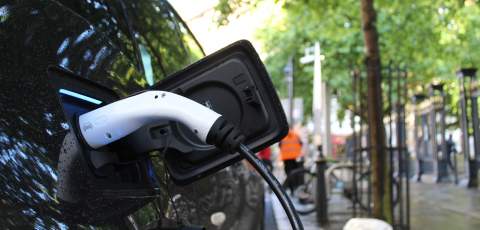
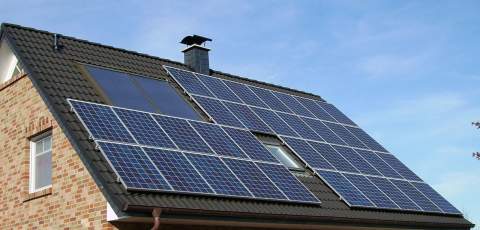
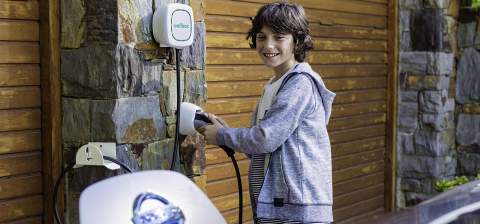
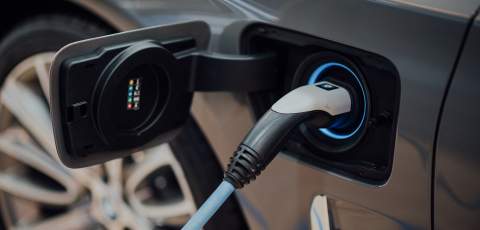
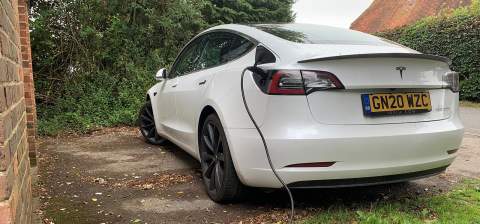

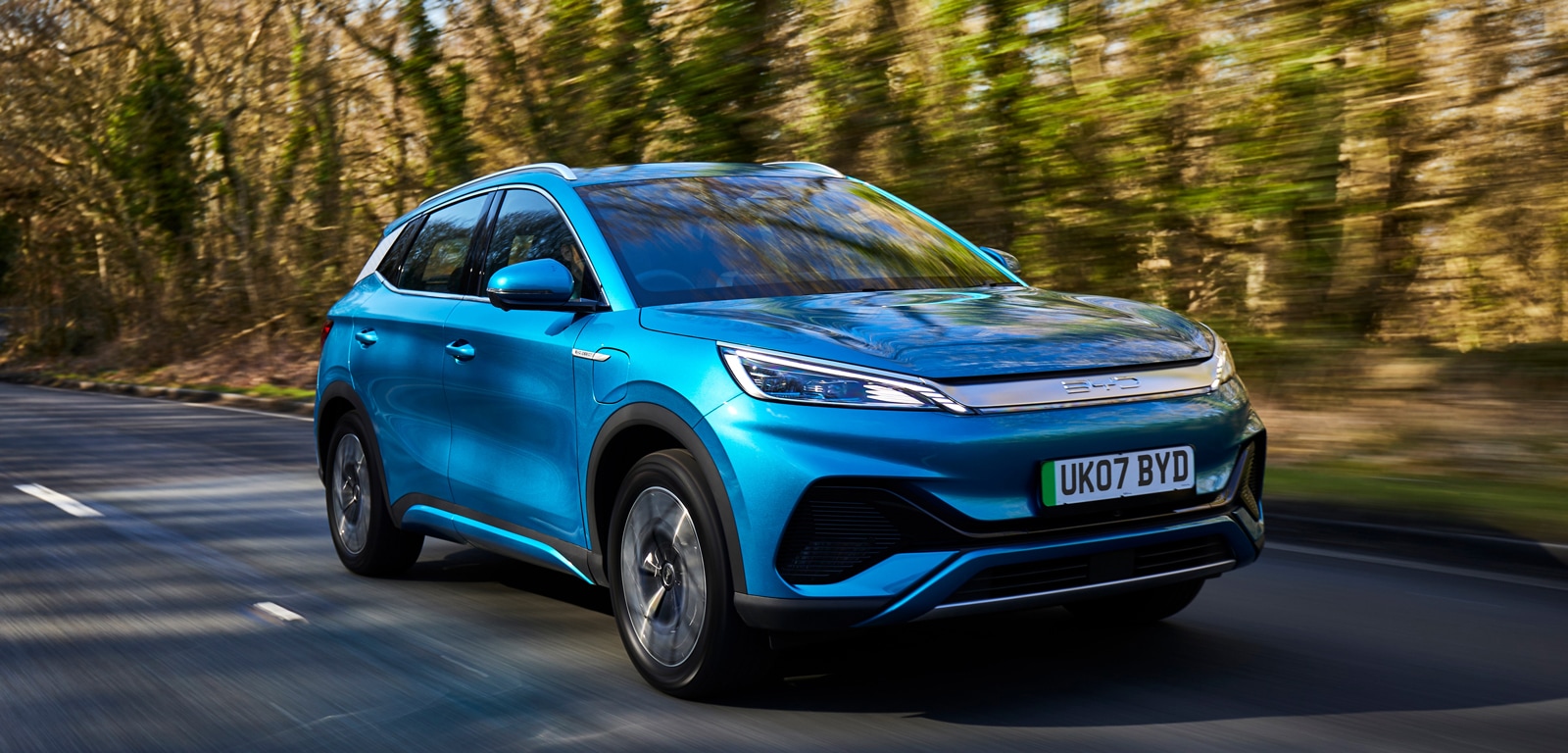
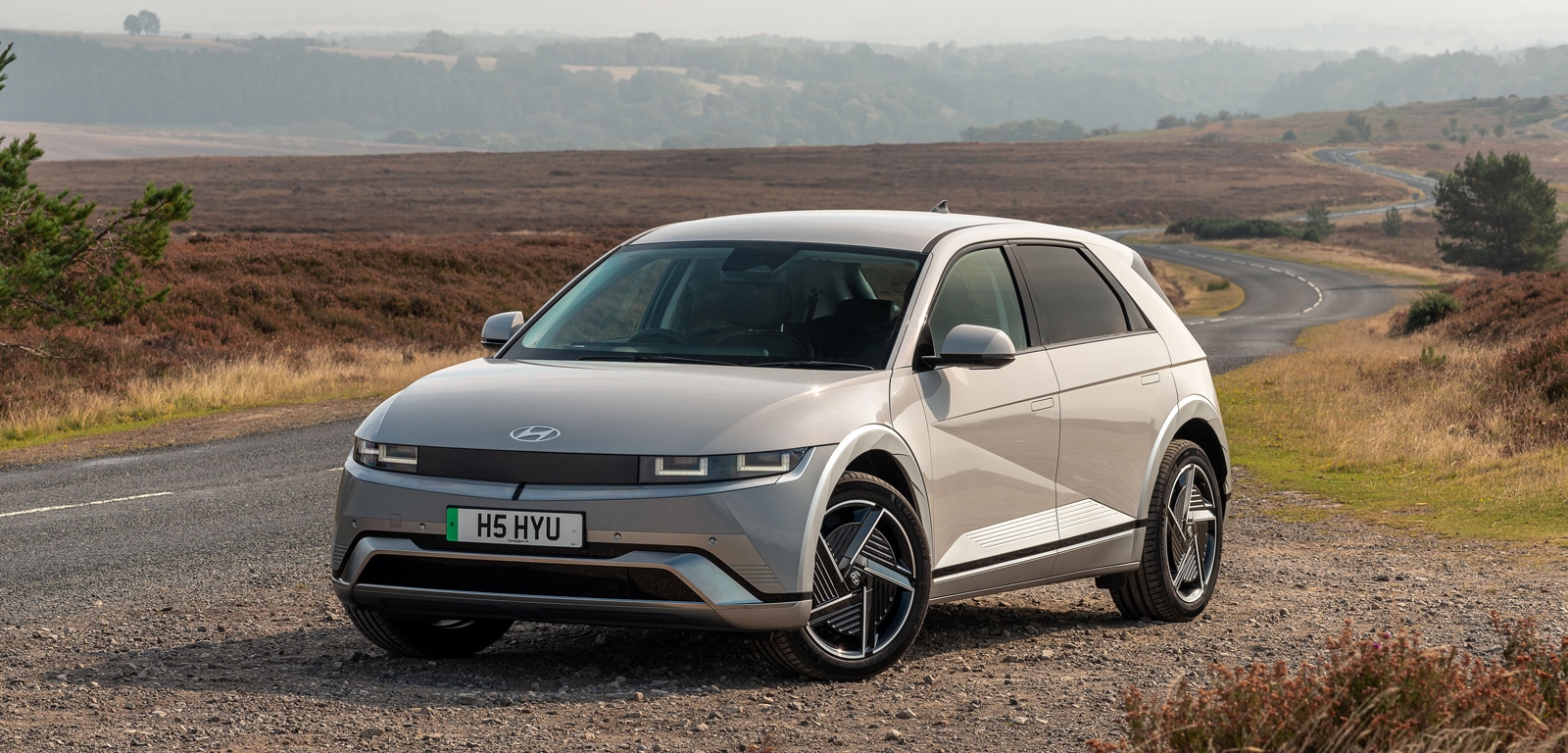
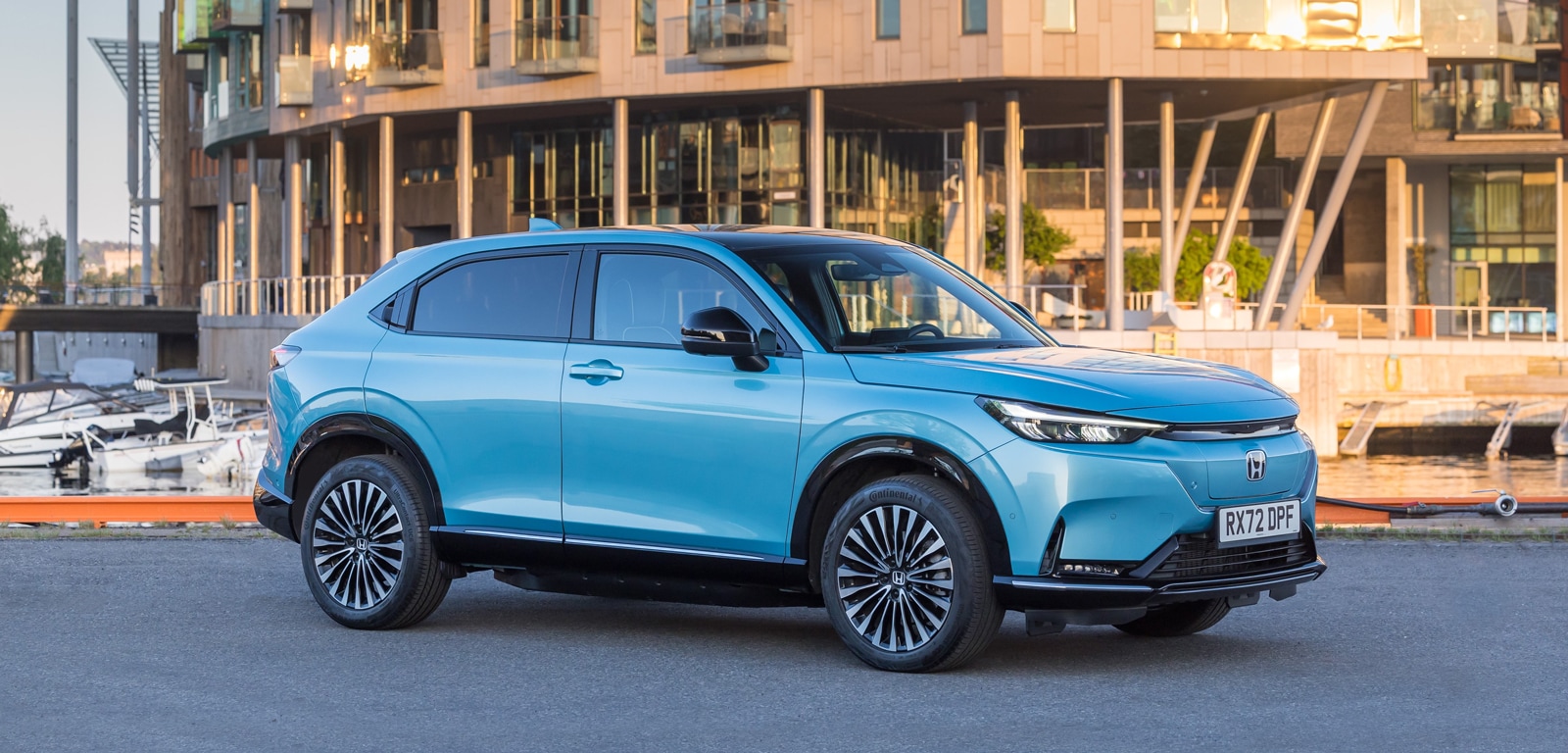
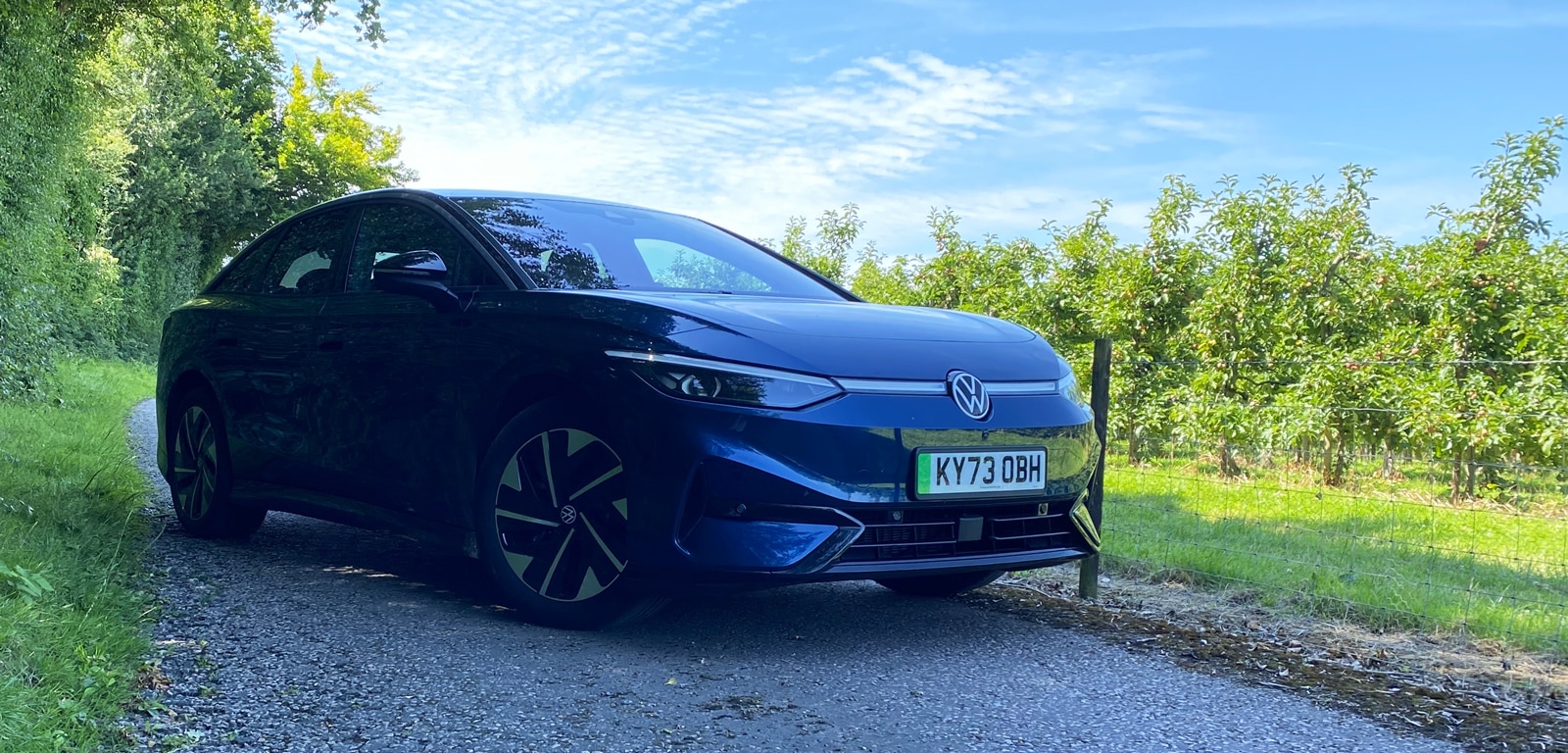
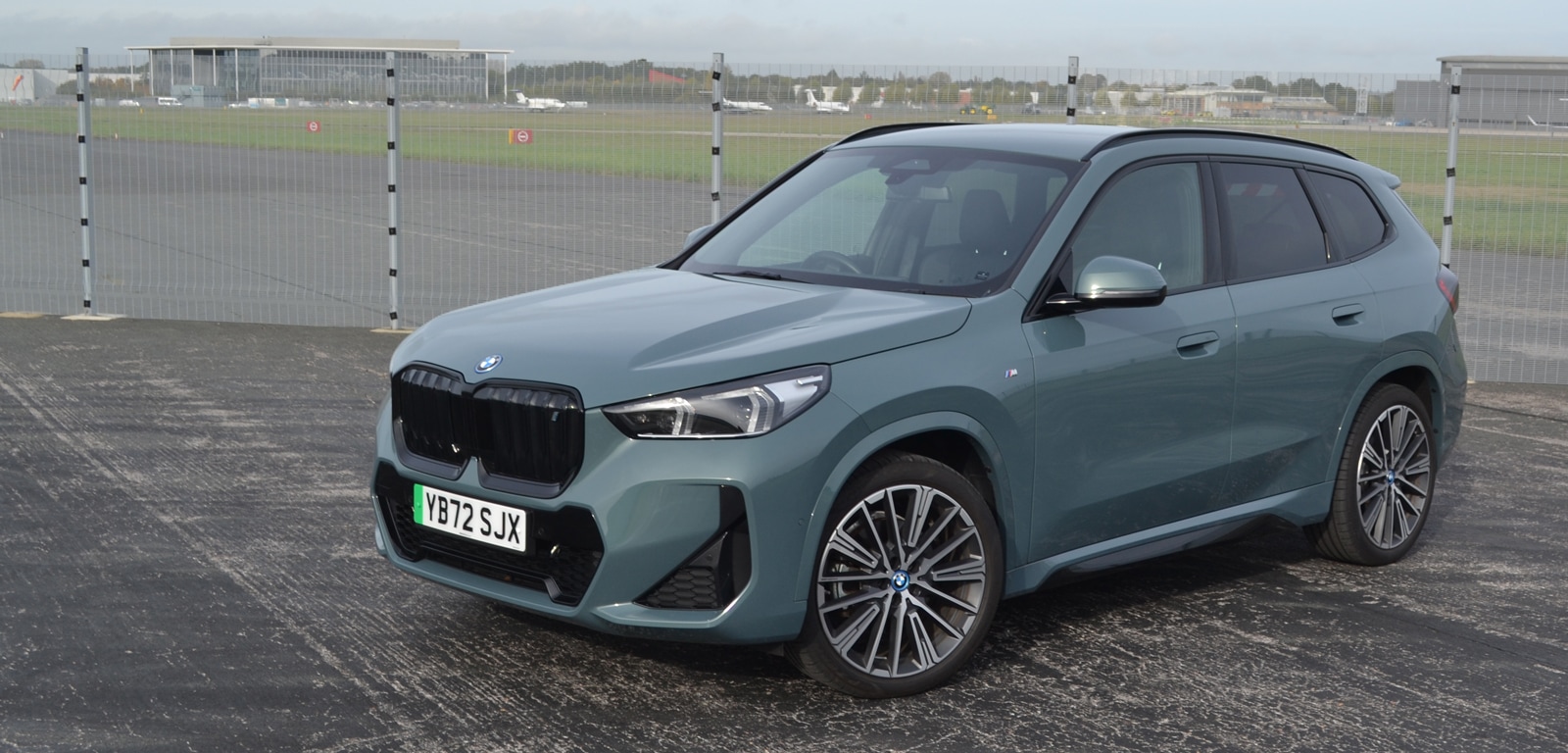


Comments (0)
Be the first to write a comment
Login/ Signup